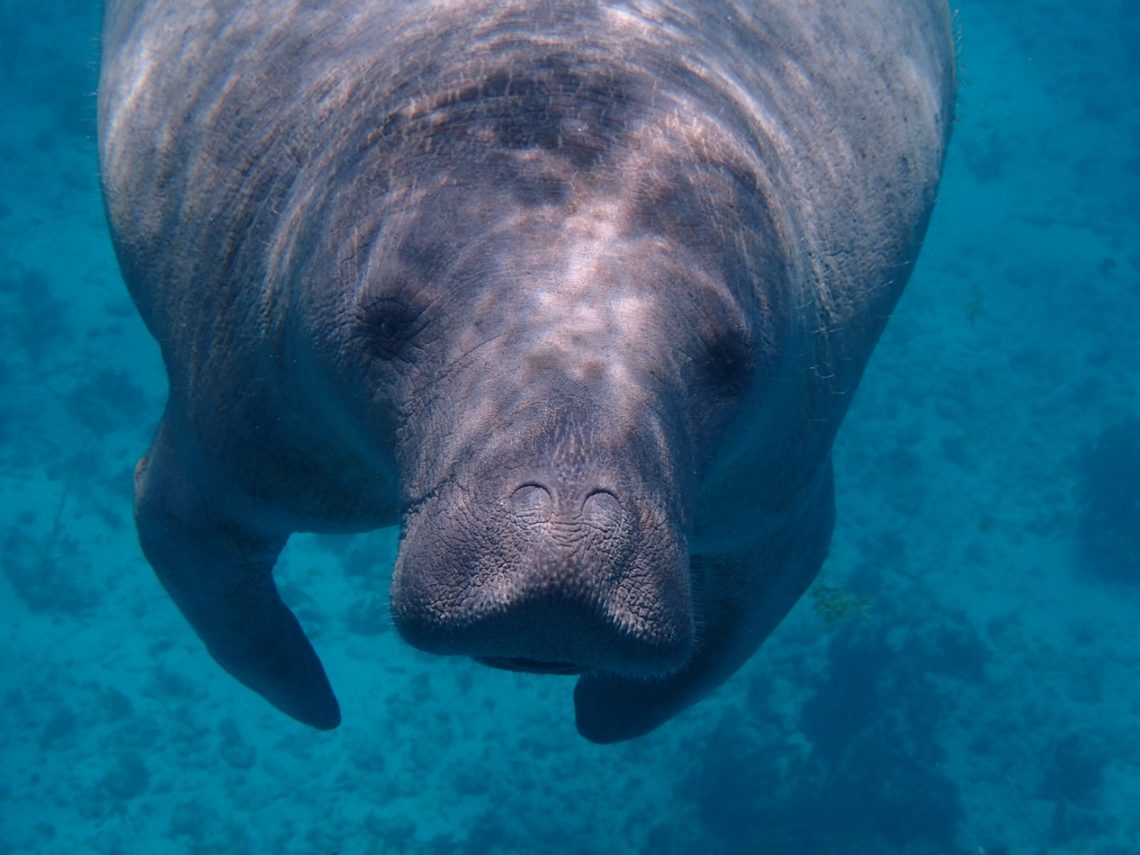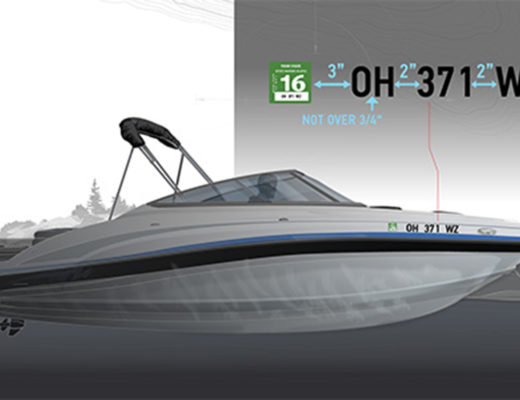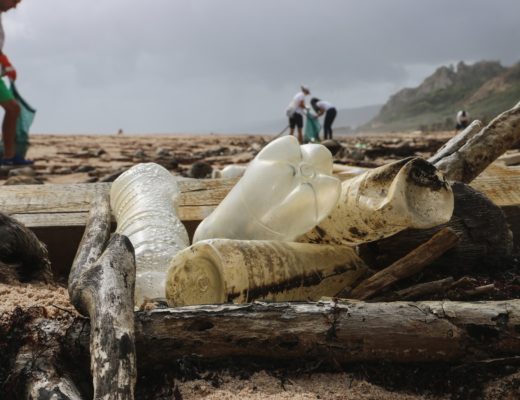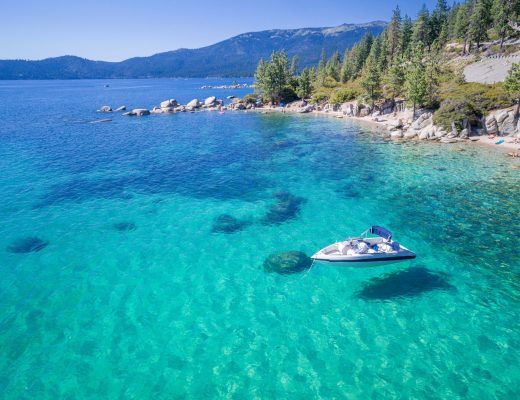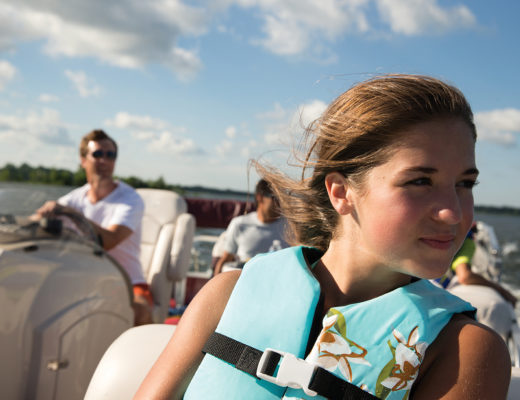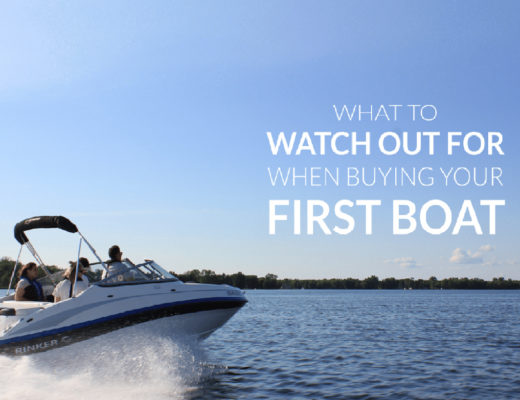Boating comes with plenty of responsibility. Not only are you responsible for keeping yourself, friends, family, and other boaters safe while you operate a boat, but you must also do your part to protect the environment and wildlife in the areas where you boat.
When boating in Florida, boaters must be aware of manatees and how to protect this species in the water. These are protected animals prone to collisions with boats because of their slow, gentle nature. Keep reading to learn more about these animals and how to keep them (and yourself) safe when boating in Florida’s waters.
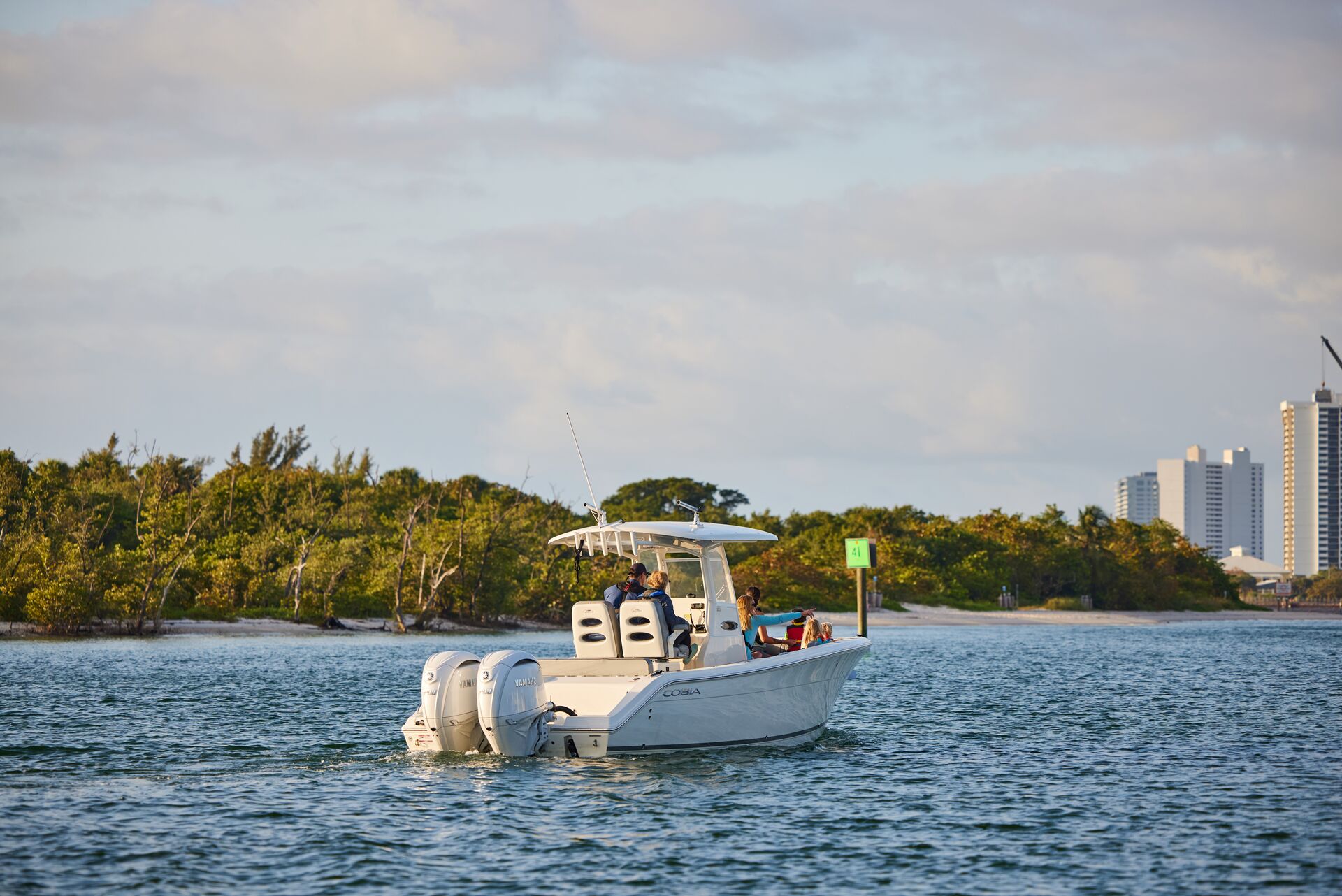
All About Florida’s Manatees
Florida’s manatees are large aquatic mammals recognizable from their thick, gray, wrinkled skin. They can be found in fresh, brackish, and saltwater throughout Florida, including navigable canals. They’ve even been known to get through lock systems to move further upriver and into canal systems.
Manatees can be slow-moving creatures, spending most of their time eating and sleeping. They can live for over 60 years, but sadly, only about half of wild manatees will survive into their twenties.
Manatees reproduce at a slow rate. Since a calf depends on its mother for at least two years, manatees can only give birth to a new calf every three years.
Their slow rate of reproduction and high death rates make the long-term recovery of the manatee population very difficult.
Boating around Manatees
Manatees are mammals, which means they must re-surface to breathe every 2-4 minutes. This means that manatees are often found very close to the water’s surface, increasing their risk of being hit by watercraft.
In fact, the most significant cause of human-related manatee mortality is watercraft collision. Most manatees have scars on their backs or tails from collisions with watercraft.
How Can Boaters Help Protect Manatees?
You can help protect manatees by following a few tips when on the water in Florida.
- Ask one of your passengers to keep a lookout for manatees while you’re underway.
- If you see a manatee, give it plenty of room. They usually travel in groups, so if you see one, there are likely others nearby.
- Keep an eye out for circular wave patterns on the water’s surface. Their tail creates these as it swims underwater, known as “manatee footprints.”
- Try not to pass directly over manatees.
- Wear polarized sunglasses that reduce glare. This will make them easier to spot.
- Be aware that manatees in shallow areas frequently move into the channels when they hear boats approach, which may put them in the path of traveling boats.
- Never feed manatees. Doing so teaches them to seek out humans and brings them into close contact with boats.
Lastly, never feed manatees. Doing so teaches them to seek out humans and brings them into close contact with boats.
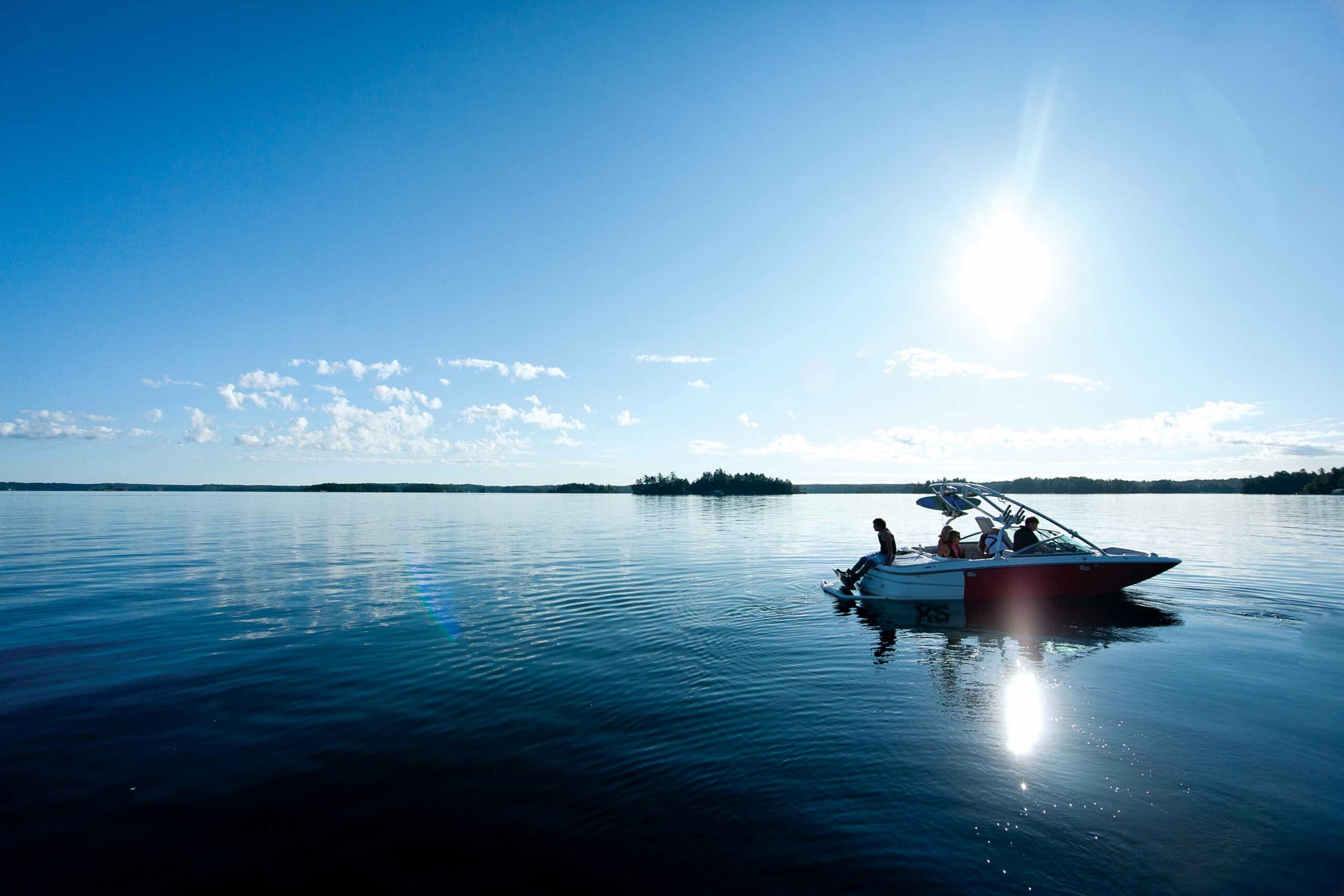
How Do I Report a Collision With a Manatee?
Unfortunately, collisions with these animals often go unreported since boaters fear they will be fined or punished for colliding with these mammals. However, boaters will not be cited if they accidentally collide with a manatee while obeying speed restrictions.
Please report collisions with manatees because early rescue efforts may save the manatee’s life. In many cases, injuries do not kill manatees immediately.
However, if you see an entangled or distressed manatee, please do not try rescuing it yourself. Biologists trained in disentanglement can do so without further injuring the animal.
Call the FWC Wildlife Alert Hotline at 1-888-404-FWCC (3922) #FWC or *FWC on cell phone, or text [email protected] to report:
- Accidental boat strikes to manatees
- Injured, distressed, or dead manatees
- Orphaned baby manatees
- Entangled or trapped manatees
- Harassment of manatees
- Manatees caught in fishing gear
If possible, stay with the manatee until the biologist arrives so you can provide more information on the distressed manatee.
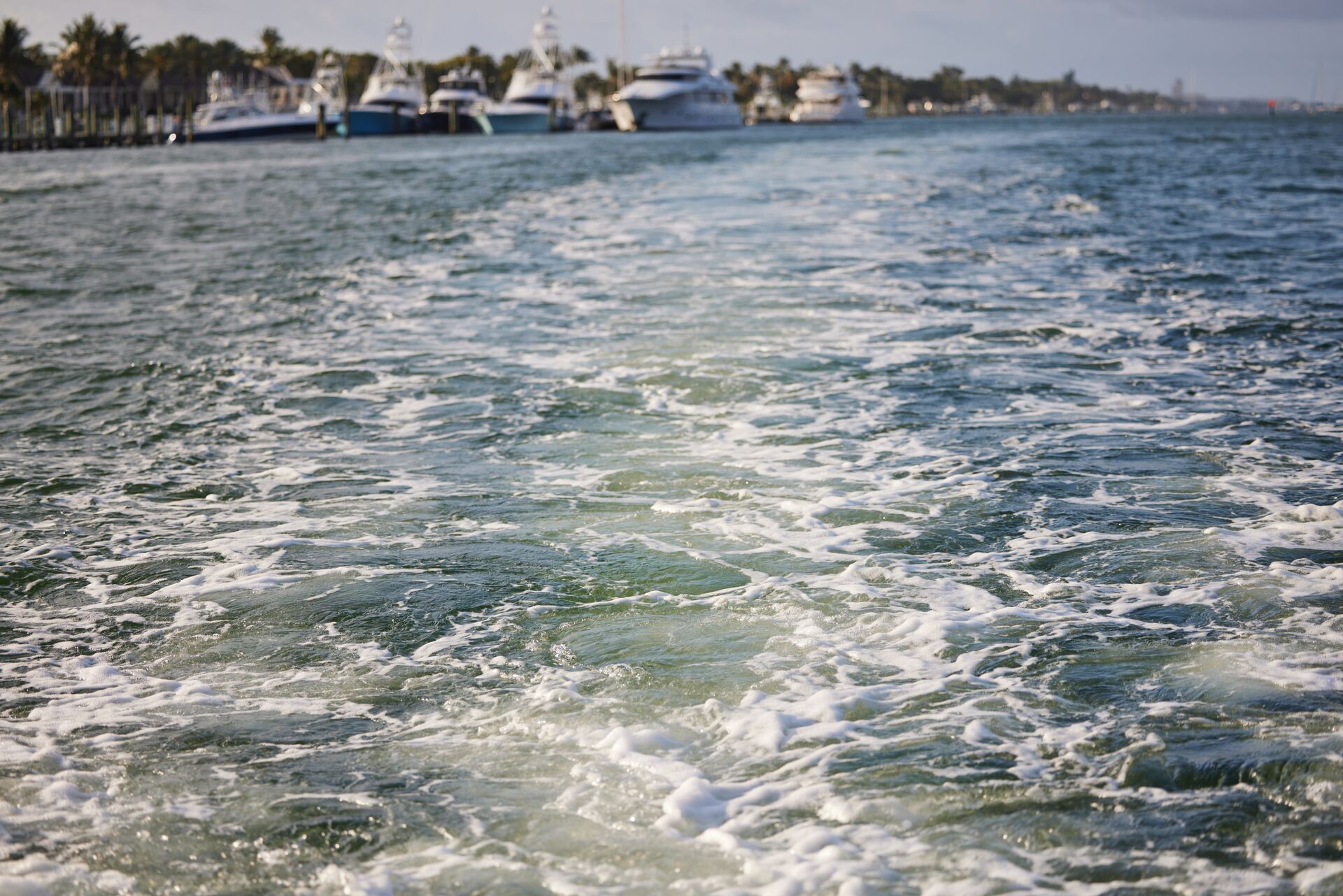
Keeping Florida’s Waterways Clean
In addition to keeping an eye out for manatees while you boat, keeping Florida’s waters clean also helps protect manatees. As a boater, make sure you understand the following laws and best practices.
Florida’s Human Waste Laws
Boaters must know how to properly dispose of human waste. It is illegal to discharge any raw sewage from a boat in the state of Florida, including houseboats or any type of floating structure.
The operator of any boat that can flush sewage directly into the water or has a holding tank that can flush sewage directly into the water must set the valve or other mechanism to prevent sewage discharge. The valve must be locked or otherwise secured so it cannot become unlocked and discharge sewage into the water.
If your boat is 26 feet or greater and has an enclosed cabin with sleeping quarters, it must be equipped with a permanent toilet with a properly installed marine sanitation device (MSD). Additionally, all houseboats must have at least one toilet with a properly installed Type III MSD.
Florida’s Clean Boater Program
Florida’s Clean Boater Program is available to educate boaters on the importance of protecting the state’s waterways. The program provides boaters with information about environmentally friendly practices, proper trash management, the use of a bilge sock, fueling collars, and good recycling habits.
Boaters can take the “Clean Boater Pledge” and sign the “Clean Boater Pledge Card” to show that they are committed to protecting the environment.
Florida’s Clean Marina Program
This voluntary program brings environmental awareness to marine facilities and boaters regarding practices intended to protect Florida’s natural environment.
Participants in this program receive assistance in implementing best management practices and are provided with the means to assess their facilities through a checklist provided by the Department of Environmental Protection.
The Environmental Protection Agency, the National Oceanographic and Atmospheric Administration, and the Florida Inland Navigation District fund this program. The Florida Department of Environmental Protection administers it.
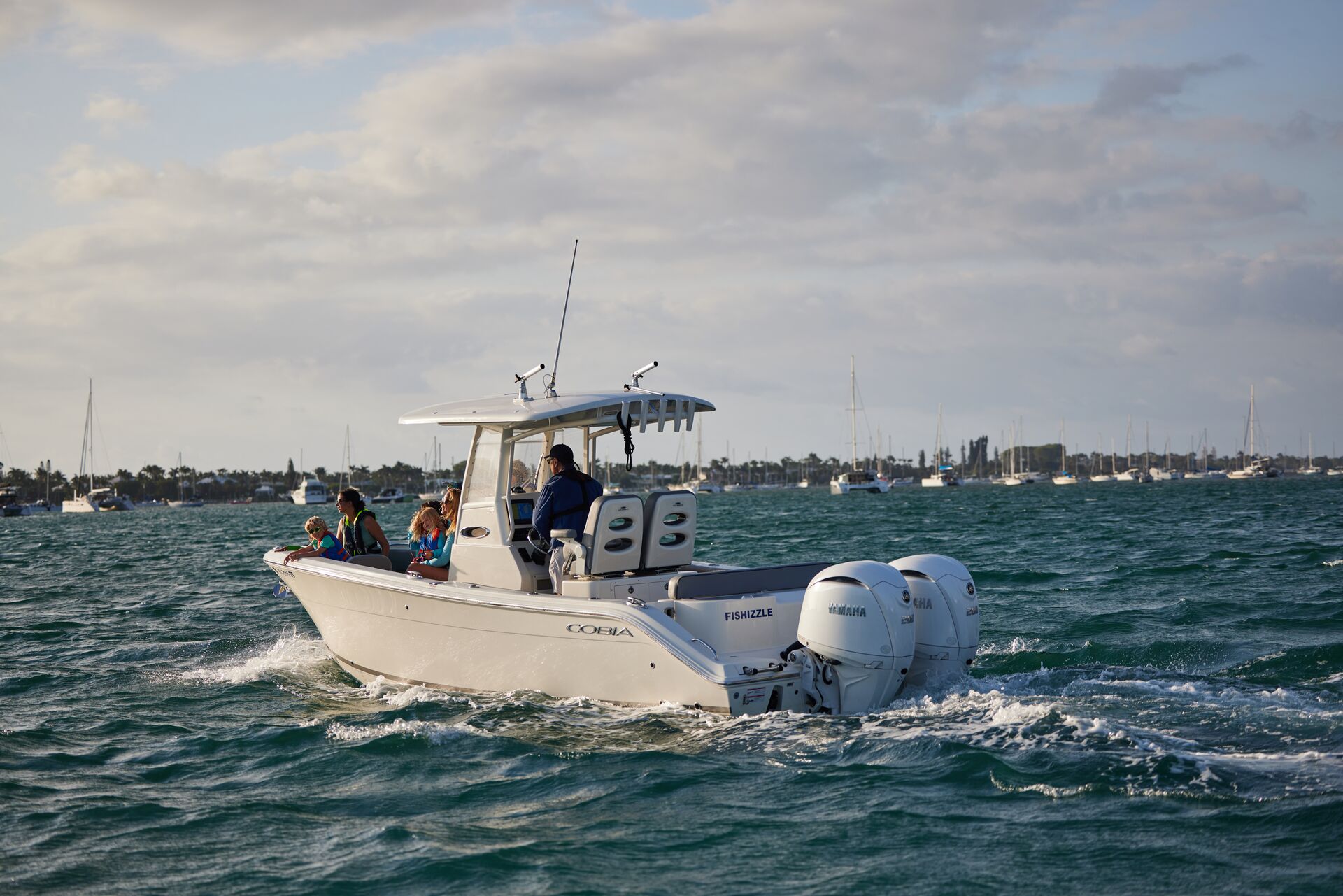
Protecting Florida’s Seagrasses
While we’re talking about keeping manatees safe, you’ll also want to know how to protect seagrass in Florida.
Seagrasses are plants that live submerged in marine and estuarine waters. These grasses are abundant in Florida Bay and from Tarpon Springs northward to Apalachee Bay in the Gulf.
These grasses are highly beneficial for the following reasons:
- They help maintain the clarity of the water by trapping sediment and particles.
- Seagrasses stabilize the waterway bottom with their roots.
- They provide shelter for sea life, such as fish, crustaceans, and shellfish.
- The seagrass and the organisms that grow on the seagrass provide food for many marine animals.
It is illegal in Florida to destroy seagrass in Aquatic Preserves (violating this law can result in a fine of up to $1,000).
How to Prevent Seagrass Damage
Become familiar with the waterway where you plan to boat and avoid areas where seagrass is abundant. Always use the most recent marine charts. Use marked channels whenever possible and remain in deep water.
If you’re concerned about the depth of the water, slow down and ensure the boat motor is trimmed or tilted upwards.
Note: Boats with large propellers tend to cause “prop dredge scars,” creating zig-zag patterns on seagrass flats. Practice extra caution if you’re operating a boat with a large propeller.
What Else Can You Do to Help?
Remember: it is illegal in Florida to harass the local wildlife. Be aware that sea creatures like manatees will share the Florida waterways with you!
Floridians can also purchase a specialty “Save the Manatee” license plate from the county tax collector’s office. Proceeds directly benefit manatee research and conservation.

Learn More About Safe Boating With BOATsmart!
While watching out for wildlife is an important part of safe boating, it’s not the only thing to keep in mind when operating a boat. Boat captains must also understand critical safety essentials to keep themselves and their passengers safe on the water.
Before hitting the water in Florida, make sure you’ve taken the boater education course for the state. BOATsmart! makes it easy to go through the course online, take the final exam, and then get your boating safety card to show you’re prepared and ready to hit the water this season.
Then, stay safe and watch out for wildlife when boating!
Originally published in April 2019. Content most recently reviewed and updated for recency and accuracy October 1, 2024.
